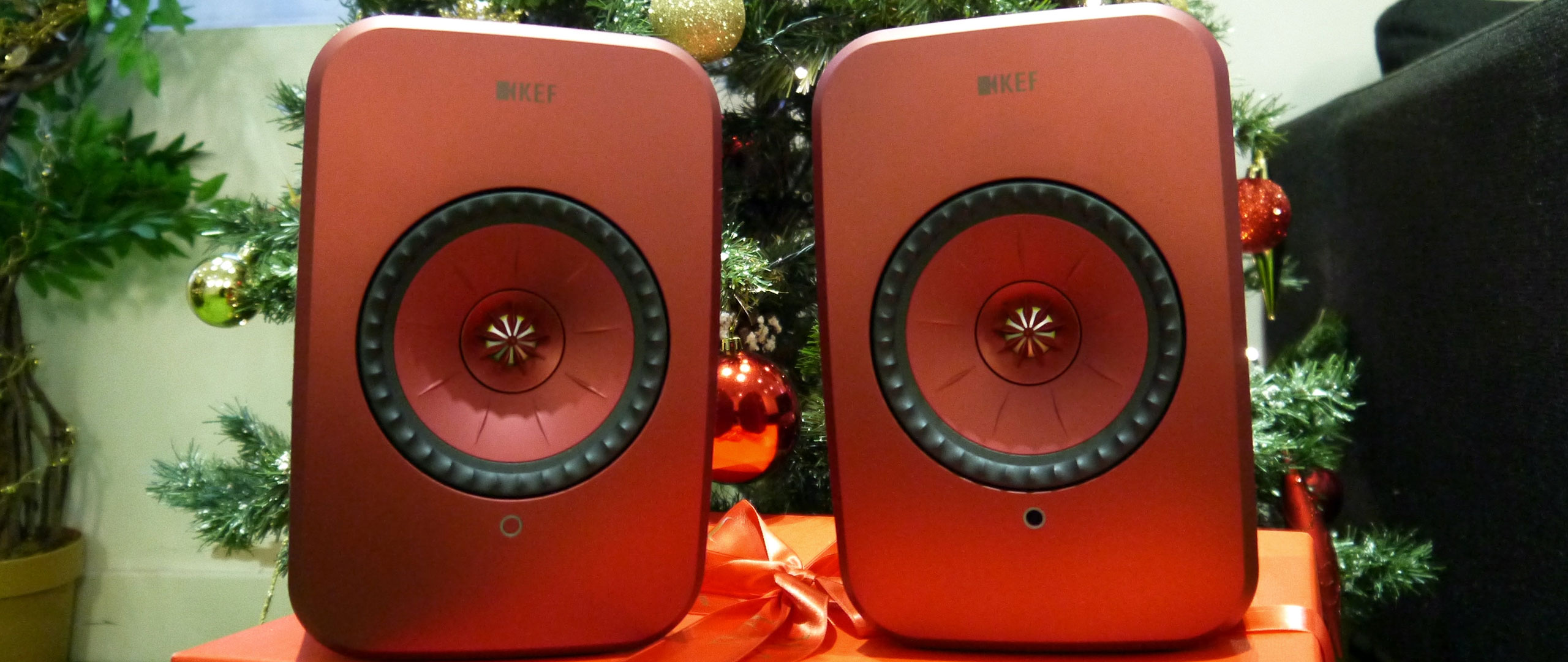TechRadar Verdict
There’s no denying that these speakers provide a high level of audio quality, with a warm and balanced sound. Although they are by no means cheap, we think they are a fantastic investment for any audiophile who doesn’t want to clutter their home with huge towers.
Pros
- +
Fantastic audio quality
- +
Powerful bass
- +
Compact design
- +
Lots of connections
Cons
- -
Expensive
- -
No built-in voice assistant
Why you can trust TechRadar
KEF has long been a major driver in the world of audio innovation since launching in 1961. With it’s latest offering, the LSX wireless stereo speaker system, the company has set out to prove that you can achieve audio perfection with even the most compact speaker.
Combining the decades-old principle of stereo sound with modern wireless technology, KEF says the LSX Wireless System will give your music “space to breathe in full-bodied, wide bandwidth stereo.” But, were they successful?
Price and availability
The LSX Wireless System is available at a recommended retail price of $1099 (£1000 / AU$1895/ R19,990).
They aren’t cheap for bookshelf speakers, which generally start at around £100/$150/ R2,000 – although speakers at the lower end of the price scale are unlikely to deliver the same level of audio quality.
Compared to their predecessors, the LS50 Wireless speakers, the LSXs are considerably cheaper at half the price.

Design
Coming in five different colors; gloss white, maroon, olive, blue and black, the LSX Wireless System should fit in with any style of decor. We tried them out in maroon, which is excellent if you want to add a burst of color to your living room.
However, if you’re into the minimalist aesthetic, we’d recommend opting for gloss white.
Depending on which color option you go for, the speaker’s cone comes in an accent color that compliments the color of the housing – we particularly like the olive color scheme with rose gold accents.
The sides of the speakers are clad in an industrial fabric, and they feature a color-changing LED to subtly indicate which audio source you are using.
On the back of the master speaker you have a TOSLINK optical port (great for connecting to your TV), AUX and ethernet ports, as well as a subwoofer output should you want to beef up the bass. Each speaker has an AC output to connect it to the mains or outlet.
The main selling point of the LSX Wireless System is how compact the speakers are; and it’s true, they are astonishingly small considering the sonic power they put out. Alongside the option to ditch the cables, this means they won’t clutter up your home or take away much needed space – stick them on your bookshelf, and you’re good to go.
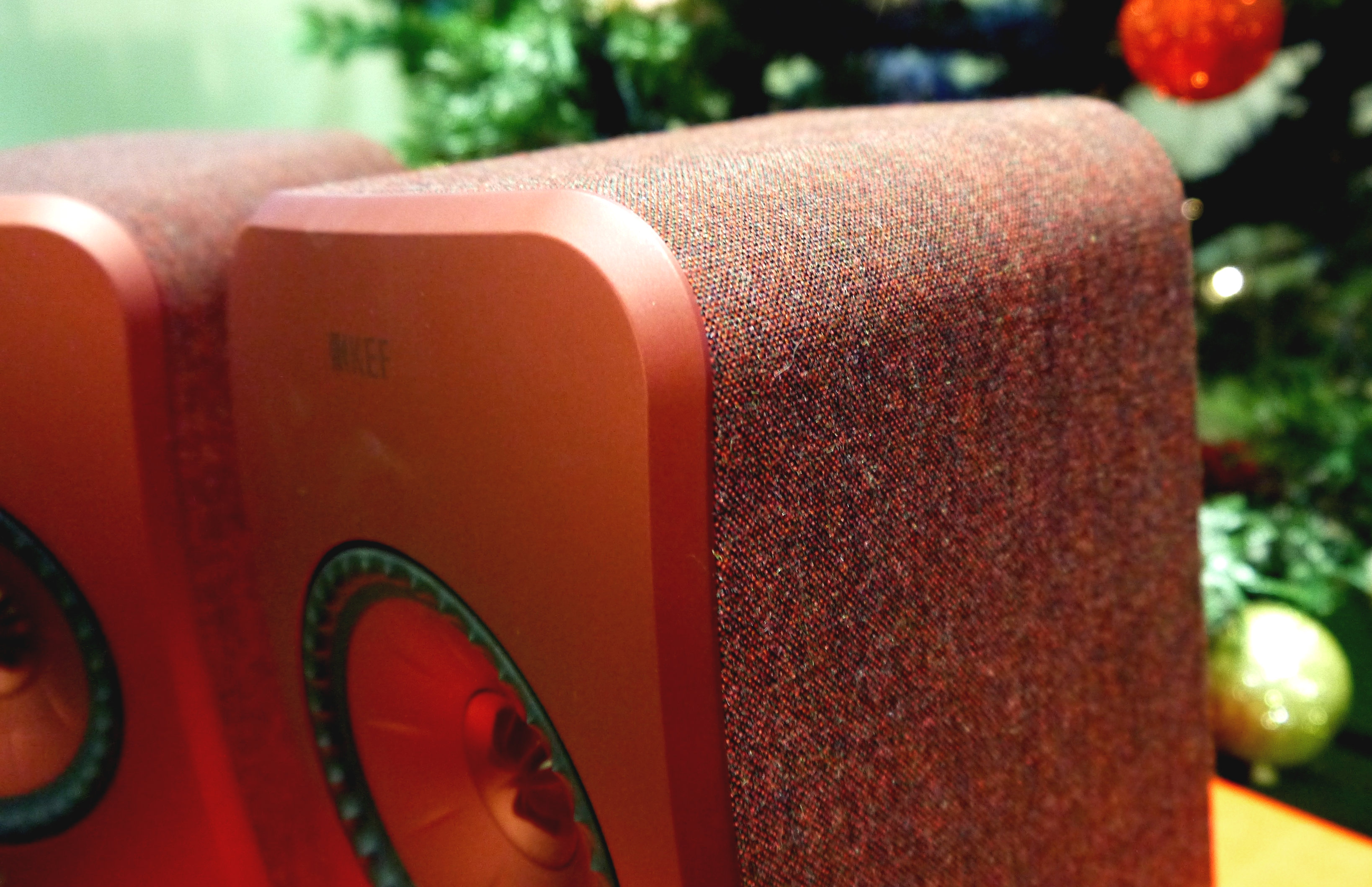
Features and performance
In short, these speakers sound absolutely stunning, with four Class-D amplifiers (one for each of the driver units), which provide a high end digital signal of up to 96kHz/24-bit. To achieve this high resolution signal, you will need to run an ethernet cable between the two speakers.
Connecting them wirelessly gives you a sample rate of 48kHz/24-bit – using the ethernet cable does make an audible difference, but the audio quality is still very high when using a wireless connection. If you prefer, you can also use AUX and optical connections.
When we tested the speakers, we were blown away by how beautifully pianos and vocals came across, with a warm analogue sound that makes it feel as if you are in the room with the musician as they perform. This is partly due to phase correction and distortion reduction, which makes audio sound crystal clear.
Dark, subby bass lines sound fantastic, while treble frequencies are super crisp and sparkly – we listened to James Blake’s ‘If The Car Beside You Moves Ahead’, and we were impressed by the separation between the different frequencies, and the roomy soundstage that ensures the bass doesn’t bleed into the mids.
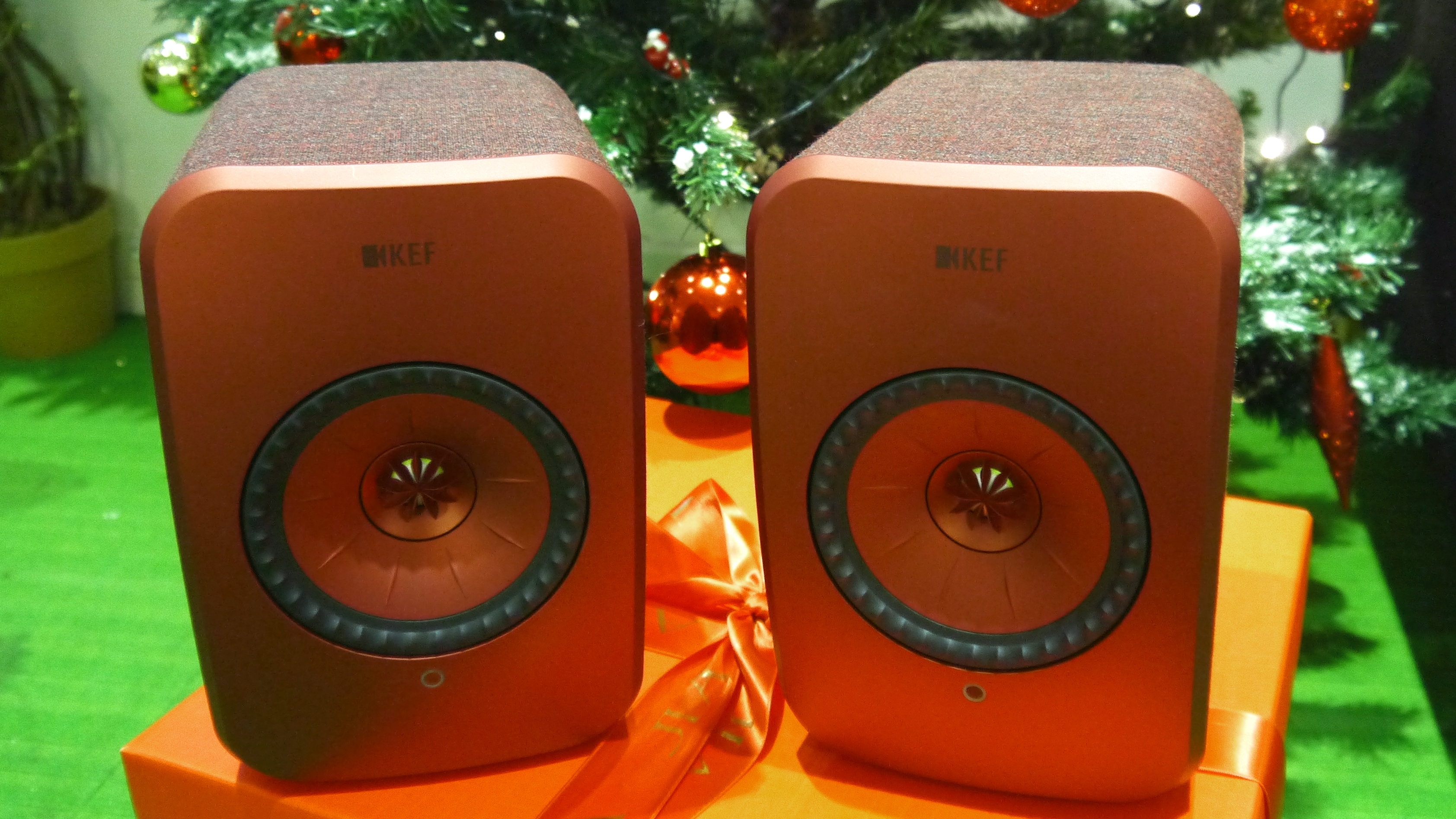
Synths sound just as good as analog instruments, with trebly sine waves soaring above the soundstage while organ-like keys oscillate below in Kendrick Lamar’s ‘King Kunta.’ The LSXs exposed us to harmonic elements we hadn’t heard before when listening on lower quality speakers.
It’s not all about hip hop and electronic music however. Electric guitar, meandering bass lines, and thrashing drums also sound fantastic, while the folk-inspired voices in Agnes Obel’s ‘Riverside’ blended together with just enough separation to make it possible to pick out each individual harmony.
The LSXs do have a generally warm sound, so if you prefer your music with a little more sharpness (particularly in rock drums and guitar), you may find yourself wishing for some more sparkle in percussive treble frequencies – but, it’s a matter of taste.
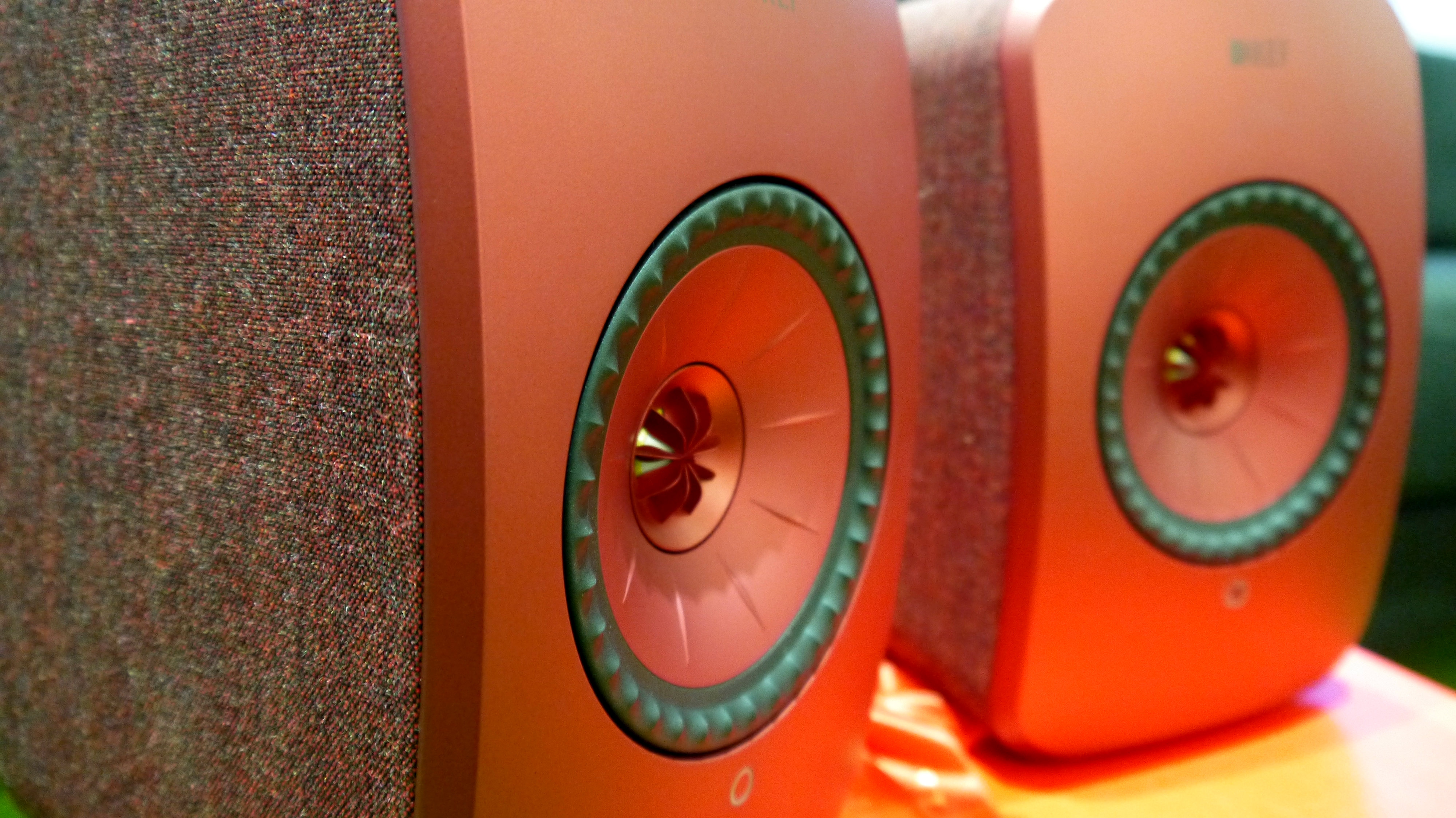
Setting the speakers up is pretty painless. All you have to do is follow the instructions in the free KEF Control app to set up your WiFi, Bluetooth, optical, or AUX connection, and you’re ready to go. You can also adjust the EQ settings of the speakers within the app, which is a great touch.
The speakers support Spotify Connect and Tidal Music (via the KEF Stream app), and you can, of course, stream using any other music platform using a Bluetooth connection. KEF says that it will also support Apple AirPlay 2 from January 2019, which will enable the use of multiple speakers in different rooms, as well as Apple Siri integration.
The only slight niggle we have is that turning the volume up or down using the included remote control takes a very long time, as each push of the button only changes the volume by extremely small increments. Still, it’s a small price to pay for such fantastic audio quality.
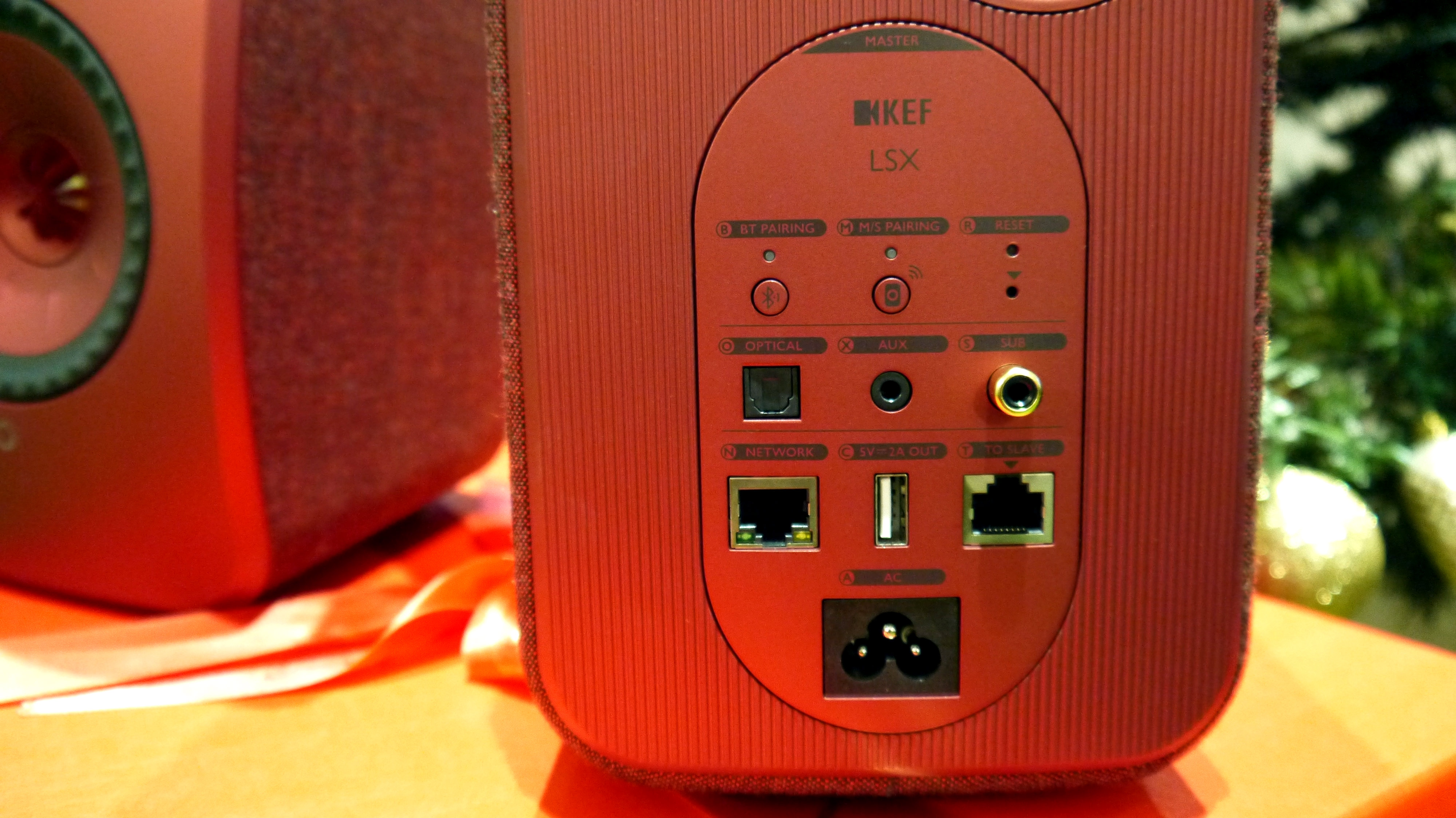
Final verdict
There’s no denying that the LSX Wireless System sounds absolutely incredible. Separation among the different frequencies is brilliant, and the overall sound is extremely well balanced, with no one frequency overtly dominating the others.
For their size, the speakers perform very well when it comes to sub-bass, although you can connect them to an external subwoofer if you find they don’t quite hit the spot.
Where these speakers shine is in analogue sound; vocals, pianos, and acoustic guitar are given a timbral warmth without taking away any of the clarity provided by the brilliant phase correction and distortion reduction.
Despite all this praise, there is one glaring issue with these speakers: the price. At more than $1,000, they are pretty expensive to say the least, and potential buyers could understandably be put off by this. Furthermore, many consumer have come to expect voice assistant integration with high-end speakers, which the LSXs don't offer.
Saying that, the LSXs aren’t designed with casual listeners in mind. They are built for true audiophiles who perhaps don’t have the space for massive floor speakers, like the highly rated Definitive Technology BP9080x.
Like the LS50s, these compact speakers pack an awful lot of audio quality in – and at half the size (and the price), the newest addition to the KEF family may just take the top spot from their predecessor.
That is, unless you will miss the USB Type B and RCA connections the LSX gave up to save precious space. If you won’t, the LSX Wireless System could be your new best friend.
Olivia was previously TechRadar's Senior Editor - Home Entertainment, covering everything from headphones to TVs. Based in London, she's a popular music graduate who worked in the music industry before finding her calling in journalism. She's previously been interviewed on BBC Radio 5 Live on the subject of multi-room audio, chaired panel discussions on diversity in music festival lineups, and her bylines include T3, Stereoboard, What to Watch, Top Ten Reviews, Creative Bloq, and Croco Magazine. Olivia now has a career in PR.
